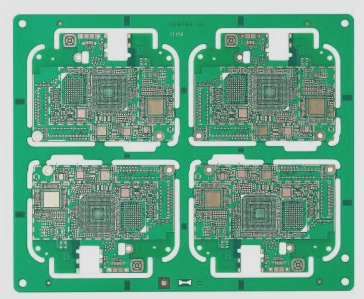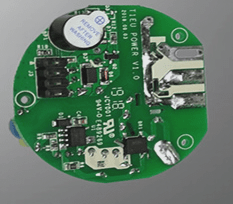The Relationship Between PCB Line Width and Current
The choice of PCB line width plays a critical role in determining the flow of current within a circuit. If the lines are too narrow, it can lead to overheating and potential component damage, while excessively wide lines may result in material wastage and increased board size.
When it comes to PCB line width and current, there exists an inverse relationship. Narrower lines tend to increase the current density. Current density refers to the amount of current flowing through a specific area and is directly proportional to both line width and current. Consequently, if the line width decreases below a certain threshold, the current density can exceed the capacity of the conductor, leading to overheating and the risk of component damage.
Application of Resistance and Current
- Current: Current represents the flow rate of electric charge within a circuit and is crucial for various functions. For example, electronic current regulators help manage power consumption in devices, thereby improving energy efficiency. Current is also essential for powering devices like electric motors and generators, enabling the conversion of electrical energy into mechanical energy.
- Resistance: Resistance is a physical property that hinders the flow of current and allows for precise control within circuits. In electronics, resistors are utilized to adjust circuit resistance, ensuring the regulation of current levels and protecting components from damage caused by excessive currents.
Understanding Resistance in Circuits
In a circuit, the power supply establishes a potential difference, leading to the flow of current through the circuit. As the current traverses the circuit, it encounters resistors, resulting in a voltage drop before returning to the power supply.
According to Ohm’s law, current and resistance share an inverse relationship. When resistance increases, the flow of charge per unit time decreases, leading to a reduction in current. Conversely, lower resistance allows for a higher current flow.
The resistance of a conductor is influenced by factors such as material, cross-sectional area, and length. Materials with higher resistivity exhibit greater resistance. Additionally, a larger cross-sectional area decreases resistance, while a longer conductor length increases resistance.




